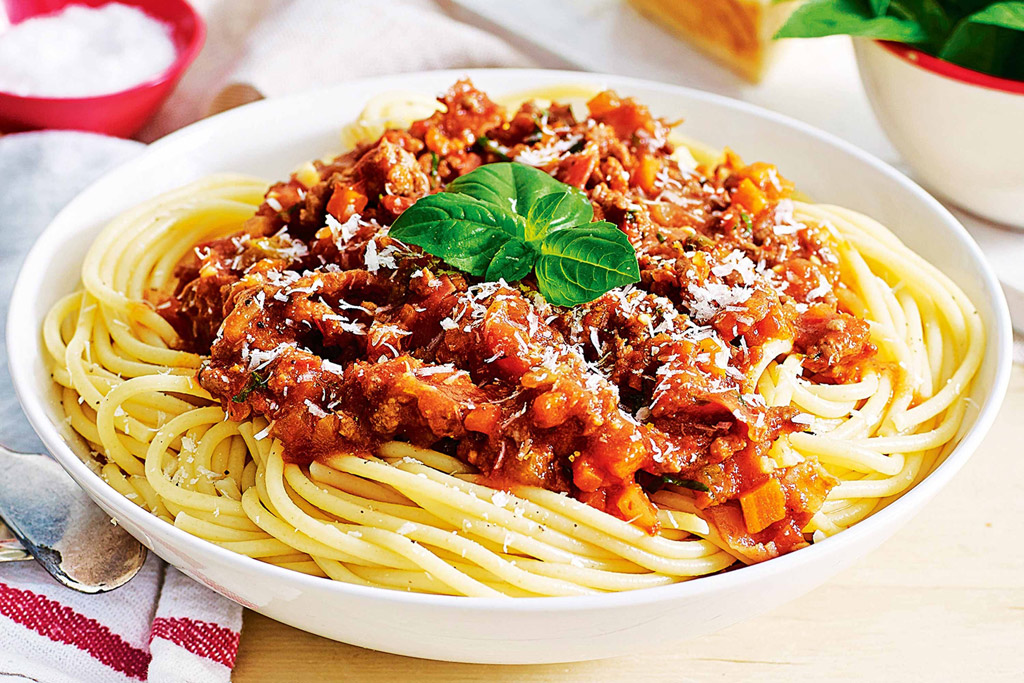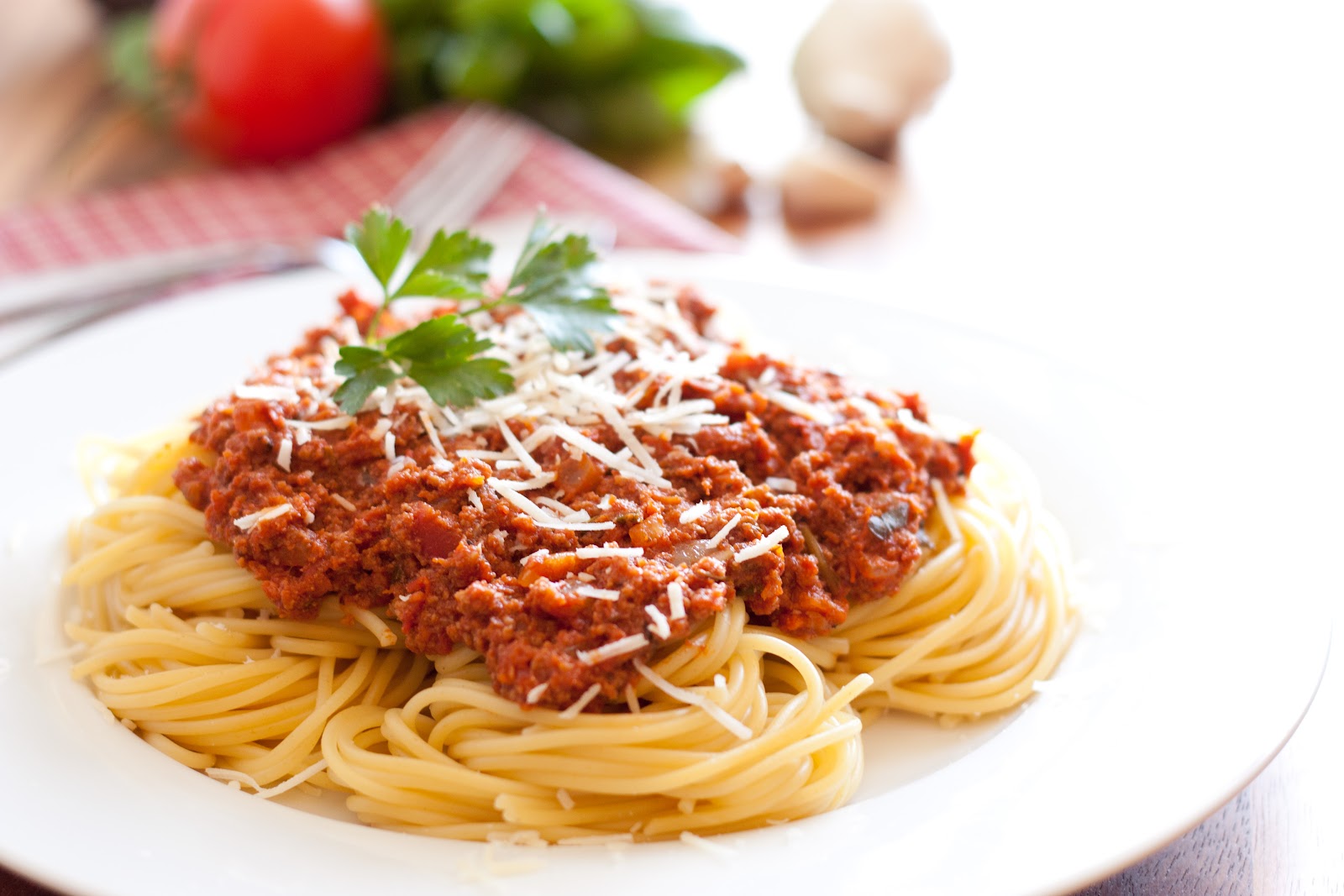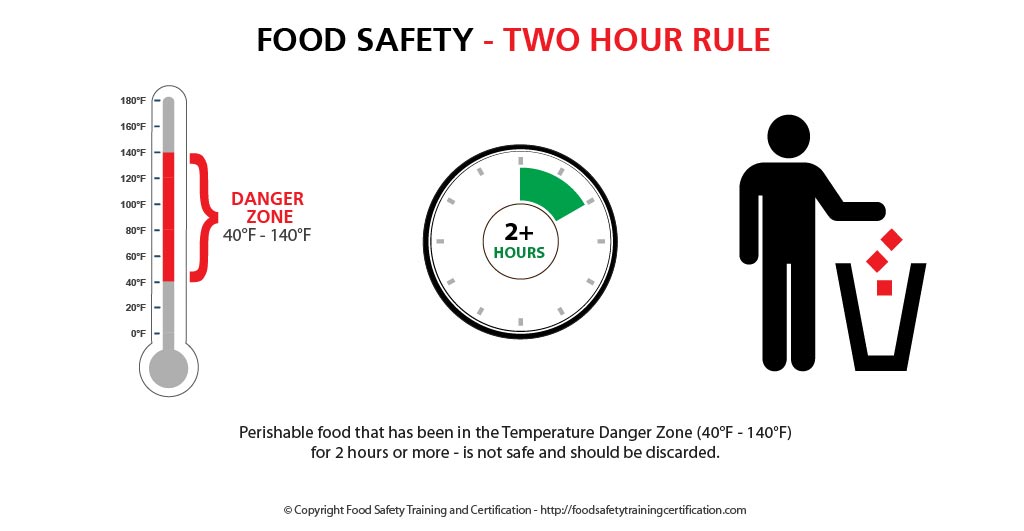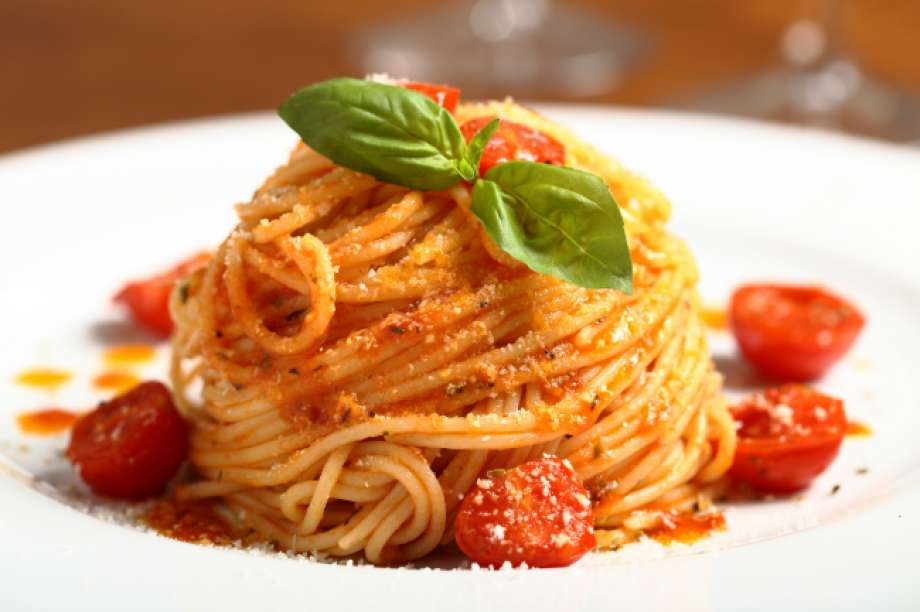January 4 is National Spaghetti Day! Grab a big bowl, fill it with spaghetti, top it with a generous helping of your favorite sauce, and dig in – but don’t forget food safety if you have pasta leftovers. Did you know, that refrigerated pasta leftovers are safe for only 3-4 days.



Spaghetti & Pasta Meal Facts
- Spaghetti is an Italian word which means “twine”
- Tomato sauce was an American innovation to spaghetti
- Meatballs were also an American innovation to spaghetti
- Parmesan is the most popular spaghetti topping
- Marco Polo did not discover spaghetti
- The average Italian eats 55 pounds of pasta a year
- The average American eats 15.5 pounds of pasta a year
- In Italy, almost 3 million tons of pasta are made each year
- In the U.S., almost 2 million tons of pasta are made each year
- The ballad “On Top of Spaghetti” was released in 1962
- Learn about proper hygiene, cross contamination, cold and hot food safety, foodborne pathogens, and best practices to prevent foodborne illness.
- Food Manager Training & ANSI Certification - $99.00
- Food Handler Training - only $7.00!
- HACCP Training: 16hr/4hr/1hr
- Food Allergy Training - $15.00
- Enter Promo "train10off" at Checkout
Pasta and Bacillus cereus
Cooked pasta is one food that people often dismiss when it comes to food poisoning and most people are surprised that cooked pasta presents a food poisoning risk.
Once pasta is cooked and begins to cool, bacteria can grow very easily and toxins are formed by a bacteria called Bacillus cereus, which can cause foodborne illness.
Bacillus cereus or B. cereus is a type of bacteria that produces toxins. Bacillus cereus is a well-known cause of foodborne illness, but infection with this organism is not commonly reported because of its usually mild symptoms.



The toxins from can cause two types of illness: one type characterized by diarrhea and the other, called emetic toxin, by nausea and vomiting.
Bacillus cereus bacteria are present in foods and can multiply quickly at room temperature. If cooked food is allowed to cool, slowly the spores can germinate and reheating or lightly cooking the food will not destroy this toxin. The bacteria can also grow and produce toxin at refrigeration temperatures, it just does so much more slowly than at room temperature.



Bacillus cereus Food Illness Details
| Sources | A variety of foods, particularly pasta, rice, as well as sauces, soups, and other prepared foods that have sat out too long at room temperature or too long in the refrigerator as leftovers. |
| Incubation Period |
|
| Symptoms |
|
| Duration of Illness | 24 hours |
| What Do I Do? | Drink plenty of fluids and get rest. If you cannot drink enough fluids to prevent dehydration, call your doctor. |
| How Can I Prevent Illness? |
|
Two Hour Rule
Two hours is the maximum time perishable foods should be at room temperature (one hour at temperatures 90°F and higher). This includes the time they’re on the table during your meal.
Just one bacterium, doubling every 20 minutes, can grow to over 2,097,152 bacteria in 7 hours!
Reheating food may not make it safe. If food is left out too long, some bacteria can form a heat-resistant toxin that cooking can’t destroy.



National Spaghetti Day Restaurant Deals
On National Spaghetti Day, restaurants all over the country are offering deals, specials, and free food. On Social Media use #NationalSpaghettiDay to help find them.









